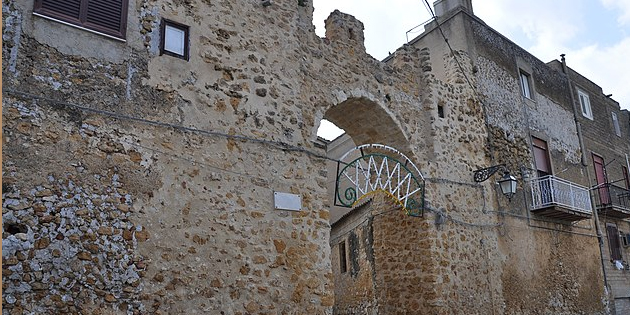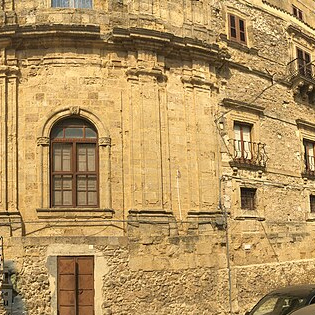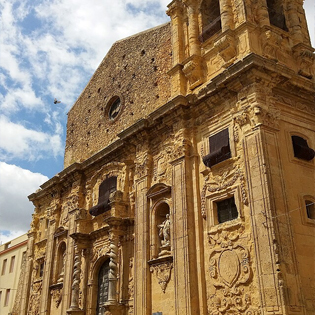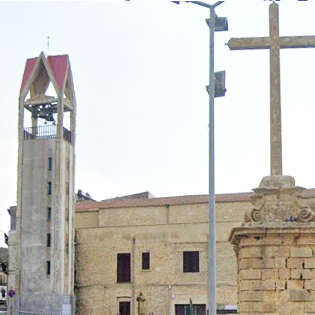Golden Gate in Naro

Daniele Sorce - CC3.0
The Porta Vecchia in Naro, better known as the Porta d'Oro, is what remains of the ancient robust crenellated wall with seven access gates that surrounded the city in medieval times.
The wall was built in 1263 and further strengthened in 1482. The wall enclosed a rhomboid-shaped area and, within its perimeter, incorporated important defense structures: the Torre della Collegiata (the Cathedral); the Torre di San Secondo; the Torre della Fenice (located near the current Via Madonna della Rocca); the Torretta. It is still possible to admire the layout of the walls in an ancient painting dating back to the 14th century, kept in the Santuario di San Calogero.
The only well-preserved section of the ancient city walls is the Porta Vecchia, better known as the Porta d'Oro because precious goods such as gold coins from the nearby Jewish ghetto and wheat from the surrounding countryside passed through it. The gate has an elegant pointed arch and fine stone battlements.
The city walls had seven main gates: the Porta Vecchia; Porta della Fenice; Porta San Giorgio located near the castle, Porta Sant'Agostino located to the west at the entrance to today's Via Laudici, Porta Girgenti located to the south, which connected Via Lucchesi to the castle and the Cathedral; Porta Trinità located at the beginning of Via Specchi; Porta Licata, located at the beginning of Via Maestra or dei Monasteri, the current Via Dante.


